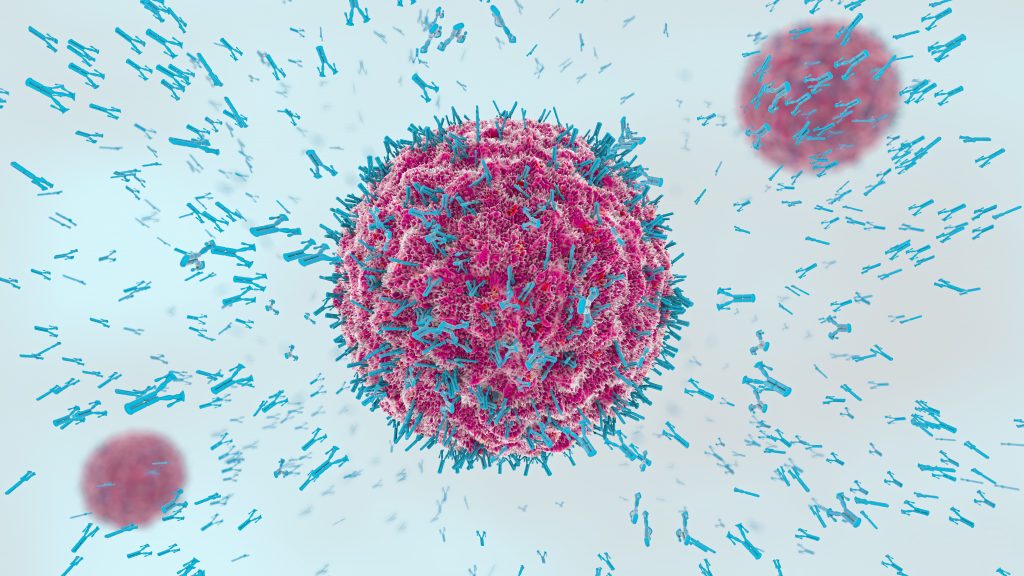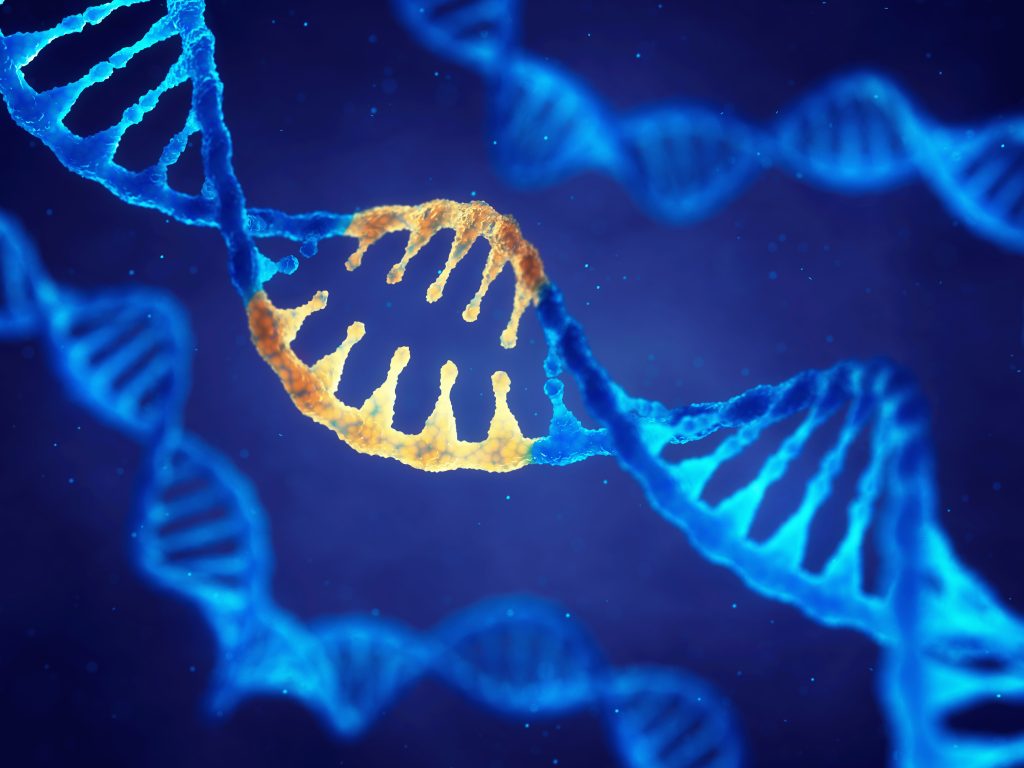
This year, National DNA Day will be celebrated on 25 April 2024, commemorating Watson and Crick’s publication of the double helix structure of DNA on the same day in 1953 [1] and the imminent completion of the Human Genome Project half a century later in April 2003 [2]. Our progress in DNA research has created a profound understanding of many genomes of the biological domains of life owing to the ability to sequence DNA. This technology has been instrumental in pinpointing both the coding and non-coding regions of DNA that have propelled rapid advancement rates in medicine, agriculture, conservation and ancestry.
A striking example of our understanding and control over DNA in the medical field is the ability to edit genomes in a site-specific manner. While early genetic engineering techniques allowed the random insertion of genetic material into a host’s genome, modern gene editing technology, which uses platforms such as the bacterial CRISPR-Cas system, allows precise editing of genomes. This platform directs a DNA-cutting Cas nuclease towards a target sequence using a complementary guide RNA (gRNA), which can lead to the incorporation or deletion of genetic information. November 2023 marked the first time a gene therapy using this technique was approved for use [3]. CASGEVY™ is used for the treatment of sickle cell disease (SCD) and transfusion-dependent β-thalassemia (TDT) by editing the patient’s hematopoietic stem cells (HSCs) to ‘switch on’ the production of foetal haemoglobin (HbF) to replace the non-functional adult haemoglobin that causes both diseases. The CRISPR/Cas9 system cuts and inactivates BLC11A, the gene responsible for the usual suppression of HbF shortly after birth, thereby inducing its reproduction [4].
Other therapies utilising the CRISPR-Cas system to edit genomes in this way are currently in clinical trials, such as Locus Biosciences’ CRISPR-engineered bacteriophage therapy LBP-EC01 for treating urinary tract infections (UTIs), which earlier this year received funding for its phase 2 trial [5]. LBP-EC01 uses a two-pronged approach to eliminate E. coli responsible for UTIs through the combined use of a lytic bacteriophage and a CRISPR/Cas3 system to degrade the bacterial genome.
Although the sequence of DNA encodes our genetic blueprint, the expression of genetic traits depends on factors other than the DNA code. Epigenetics concerns the regulation of gene expression without changing the underlying genetic code by chemical and RNA-mediated mechanisms, the dysregulation of which is common in disease states [6]. This has allowed the development of epigenetic therapies to combat these regulatory mechanisms.
Historically, small molecule approaches have been used to develop epigenetic inhibitors. Decitabine, a pyrimidine analogue, prevents transcriptionally repressive DNA methylation by trapping DNA methylating enzymes, reducing global DNA methylation and reactivating tumour suppressor genes to combat myelodysplastic syndromes (MDS) [7].
While these types of drugs continue to be developed and go through clinical trials, there are new genetic approaches currently in the pipeline. Epigenetic modulators can be targeted to specific sequences of the genome by attaching them to sequence-dependent DNA-binding molecules such as zinc finger arrays, transcription activator-like effectors, and CRISPR/Cas systems that have been modified to remove any DNA-cleaving activity. Such strategies have been used to specifically target hypermethylated tumour suppressor genes [8] and re-activate wild-type alleles in X-linked disorders [9].
The identification of genetic variability between individuals has recently paved the way for a new therapeutic approach known as personalised medicine, whereby treatments can be customised for a patient based on their underlying genetic code to render them more effective than a generalised whole-population approach. This market was valued at $347 billion in 2023 and is forecast to grow owing to the increasing use of companion diagnostics and new opportunities to combat rare diseases [10]. One recent approach to personalised medicine is the development of patient-specific vaccines. This strategy has been applied to help treat hepatocellular carcinoma (HCC), first by identifying an individual’s unique cancer-associated genetic mutations, then by developing a personalised vaccine to combat the abnormal proteins that these genes encode [11].
Regarding the development of successful therapeutic strategies, a well-thought-out intellectual property (IP) strategy is essential for any company looking to raise investment and protect their inventions. It is sensible to consider all stages of the development process when looking to capture innovation, as patent protection is available for both products (e.g. therapeutic compositions) and methods (e.g. manufacturing processes and diagnostic methods). An IP strategy for protecting biologics must also consider differences in patent eligibility between jurisdictions. In Europe, a newly discovered gene sequence may be patentable if you have a credible industrial use for it; but in the US, naturally occurring DNA sequences, even if sufficiently isolated from their environment, are considered ‘products of nature’, and thus are patent ineligible. Therefore, at present, protection can instead be achieved for non-naturally occurring constructs, such as cDNA and any artificial or mutated sequences in both jurisdictions. There is further divergence within diagnostics and antibodies, where complex exclusions must be navigated. Regardless of the nature of the innovation, an approach can be taken to obtain suitable patent protection with the assistance of a skilled patent attorney.
The continued effort to develop genetic approaches in medicine will only expand the number of indications for which therapeutic strategies can be developed and provide more effective approaches not only for diseases with existing treatment options but also those currently considered undruggable. Gene therapies have the capacity to be curative in a way that is not possible with traditional medicine. This is an exciting and dynamic field that holds great promise for new discoveries and the production of innovative products and methods to address unmet medical needs, ultimately improving patient outcomes and advancing human health on a global scale.
The biotechnology group at GJE is experienced in patenting nucleotide-based therapeutics. To discuss your biotech IP strategy, please contact us at biotech@gje.com.
Sources:
[1] 1953-nature-papers-watson-crick-wilkins-franklin.pdf (mskcc.org)
[2] BILLS-108sconres10ats.pdf (govinfo.gov)
[4] Casgevy (Exagamglogene Autotemcel) – Rare Disease Advisor
[6] Advances in epigenetics link genetics to the environment and disease | Nature
[7] Decitabine: Uses, Interactions, Mechanism of Action | DrugBank Online
[10] Predictive & Personalized Medicine Market to Grow at CAGR of 8.2% by 2032 – PharmiWeb.com
[11] Personalized anti-tumor vaccine enhances immunotherapy for liver cancer (news-medical.net)


